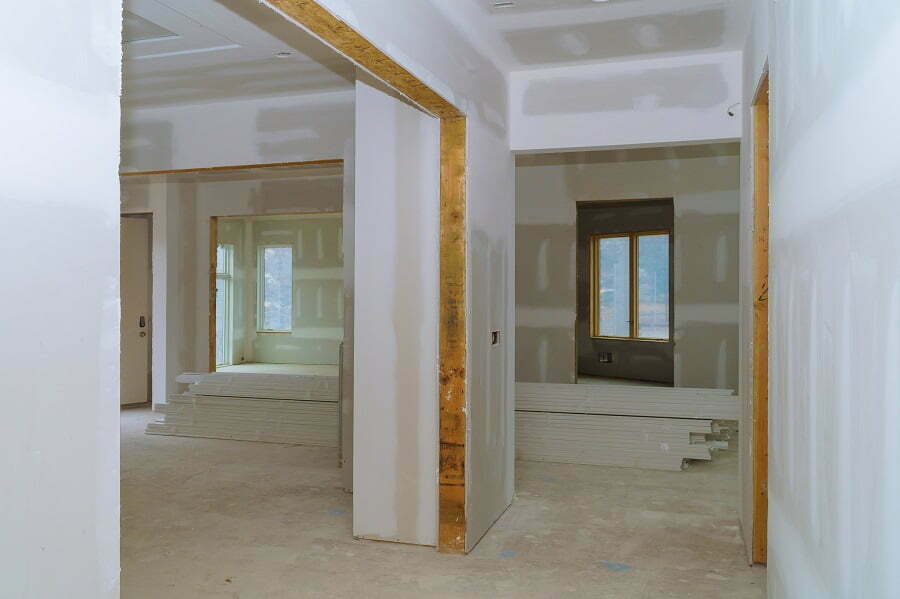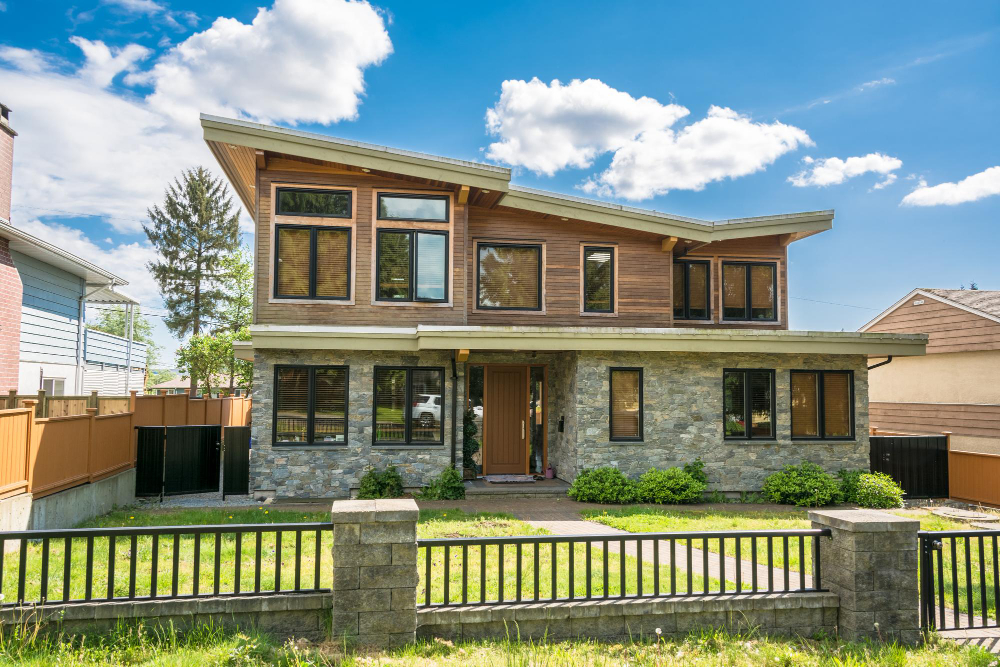Last updated on
Tasked with maintaining harmony and order, Homeowners Associations (HOAs) are a staple in many communities. Understanding this association’s guidelines is crucial if you own a home in such a community.
This becomes particularly important when considering modifications to your home. While these rules may seem challenging initially, they become more manageable when you’re well-informed.
This guide offers a comprehensive look into HOA guidelines for home modifications, including managing the often intricate approval process. It aims to equip you with practical insights, ensuring your improvement plans proceed smoothly.
Deciphering Your HOA’s Guidelines

Understanding your Homeowners Association’s guidelines is the first step toward successfully planning home modifications. These are often detailed in the CC&Rs, which stand for Covenants, Conditions, and Restrictions. This governing document serves as a roadmap for what is and isn’t permissible in your community.
Start by obtaining a current copy of this document. It’s typically available through your HOA’s office or website. Familiarize yourself with the sections specifically related to home improvements, as these will be most pertinent to your project.
The guidelines can vary significantly from one community to another. They may cover a range of aspects, from architectural styles and color schemes to landscaping and external additions.
Pay special attention to the approval process outlined in these documents. It often includes submitting plans, a review by a committee, and a timeline for decision-making. Understanding these procedures in advance can save you time and effort later on.
Common Home Modification Restrictions

Beyond understanding the general guidelines, a critical aspect of your home modification planning involves being aware of specific restrictions. These serve to uphold a consistent aesthetic and meet community standards.
Here are some typical restrictions you might encounter:
- Exterior Paint Colors
Homeowners associations often have a predefined palette of acceptable colors to maintain a uniform and appealing neighborhood appearance. This can range from neutral tones to a broader spectrum, depending on the community’s character.
Before selecting a color, check if there are limitations or if you need to choose from a specific color chart.
- Landscaping Changes
Modifications to your yard, including plant types, hardscape designs, and decorative elements, generally need to align with the community’s landscaping theme. This can include restrictions on the height of plants, types of trees permissible, and even the style of garden ornaments.
Consult the guidelines to understand the extent of permissible changes and whether prior approval is needed for significant landscaping projects.
- Fencing And Walls
Fencing and wall guidelines usually cover height, material, and style. These regulations are in place to maintain sightlines for safety and aesthetics.
For instance, your HOA might only allow certain materials like wood or vinyl and set a maximum height to ensure consistency and visibility within the community.
- Additions And Structural Changes
Structural modifications, like room additions, decks, or exterior renovations, typically require thorough review and approval. This is to ensure they adhere to the community’s aesthetic standards and local building codes for safety.
Detailed plans, including designs and materials, often need to be submitted to the HOA for approval before any construction begins.
- Solar Panels And Renewable Energy Installations
The installation of solar panels and other renewable energy systems is becoming more common but may be regulated by HOAs. Guidelines might include restrictions on where panels can be placed to minimize visual impact or requirements for certain types of screening.
It’s important to understand these guidelines to balance eco-friendly initiatives with community aesthetics.
Familiarizing yourself with these common restrictions will facilitate a smoother modification process, keeping your project in line with community standards. Remember, these guidelines are designed to preserve the collective value and appeal of your neighborhood.
The Approval Process for Modifications

Securing approval for home improvements involves a clear process. Submit a detailed proposal to your HOA board, including plans, materials, and colors. This should align with the guidelines you’ve previously reviewed.
The board typically reviews these proposals in their regular meetings, with a response time that varies but is often specified in the governing documents. It’s essential to submit your proposal well in advance of your planned start date, considering potential delays or requests for additional information. Keeping a line of communication open with the board during this process can be helpful.
Managing Denials and Appeals

Receiving a denial from your HOA isn’t the end of the road. It’s important to understand the reasons for the denial, as they often provide insights on how to adjust your plan for re-submission. These associations are obligated to provide clear explanations for their decisions, which can guide your revisions.
If you feel the denial is unjust, familiarize yourself with the appeals process, which is typically outlined in the governing documents. This may involve presenting your case to a different committee or at a general meeting. Throughout this process, a respectful and cooperative approach is beneficial for a potentially favorable outcome.
The Takeaway
Understanding and adhering to your HOA’s guidelines for home modifications is about contributing positively to your community. With the insights from this guide, you’re equipped to approach home improvements in a way that respects the community’s standards and aligns with your goals. It’s a practical balance, ensuring your improvements meet approval and enhance your living space and the neighborhood.
Remember that working within these guidelines helps maintain a cohesive and attractive community. Your efforts in adhering to these standards play a vital role in sustaining the quality and character of your neighborhood.
Related reading:
Table of Contents





